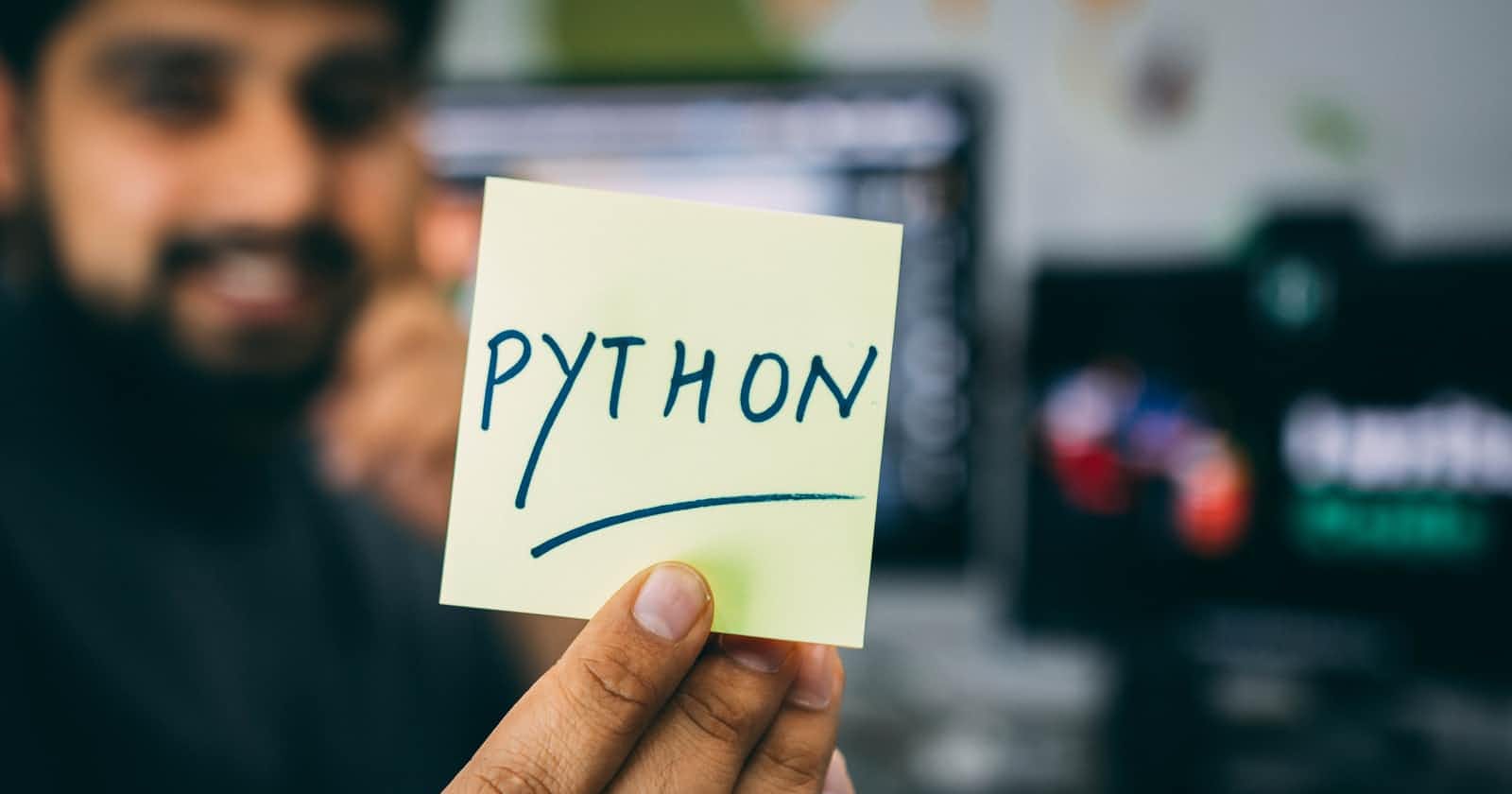If you have just started learning Python or are thinking of doing so, you will soon realize that it is a very different programming language. Unlike other programming languages such as C++ or Java, Python is an interpreted language. This means that instead of compiling your code to bytecode and then loading it, a Python interpreter reads your source code and executes it directly. This article will help you understand what variables and expressions are in the context of coding. Let's get started!
Variables
A variable is a storage location with a name to store data. It is a place where you can store your data for use at a later stage in your program. For example, if you store your age in a variable named “age”. A variable can store different types of data, and a different type can perform different actions. Python provides a range of built-in data types, which are categorized as follows:
- Integer: Positive or negative integers (no fractions).
- Float: Decimal numbers with or without decimal places.
- String: Any combination of letters, numbers, and symbols (no spaces).
- Boolean: True or false.
- List: Multiple values of the same data type.
- Dictionary: Multiple values of different data types.
- None: Used to explicitly specify no value.
Expressions
An expression can be a combination of variables, operators, and operands. It is evaluated to produce a value that can be used in the program. For example, if you want to multiply 5 and 2 to get 8, you need to put those numbers in an expression.
An operator can be any one of the following:
- +: Addition.
- -: Subtraction.
- *: Multiplication.
- /: Division.
- //: Integer Division.
- %: Modulo.
- **: Exponentiation.
An operand can be any one of the following:
- Variable: A name used to store data.
- Constant: A fixed value (no change).
- Literal: A fixed value specified inside the program.
- Numeral: Any one of the above.
- String: Any combination of letters, numbers, and symbols (no spaces).
- Boolean: True or false.
Conditional Statements
Conditional statements are used to control the flow of your program by deciding when to execute a section of code. For example, if you want to print out “Hello World” only when the age is less than 12 years, you need to put that condition in the program. The general syntax for a conditional statement in Python is:
if condition_true :
Do something
The following are some examples of conditional statements:
- If-else statement: This executes one section of code if the condition is true and another if the condition is false.
- Nested if-else statement: This executes one section of code if the condition is true in the first if-else statement and another if the condition is true in the second if-else statement.
- Ternary conditional: This executes one section of code if the condition is true and another if the condition is false.
- Try-catch-else statement: This executes one section of code if the try statement is successful and another if the try statement fails.
Loops
Loops are a programming method to execute a block of code several times. For example, if you want to print the numbers from 1 to 5, you need to put that sequence of code in a loop. The general syntax for a loop in Python is :
loop_condition :
Do something
The following are some examples of loops:
While loop: This executes a block of code while the condition is true.
For loop: This executes a block of code a fixed number of times.
Foreach loop: This executes a block of code for each element in a list.
Nested loop: This executes a block of code for each element in a list and a block of code for each element in another list.
Break statement: This terminates the execution of a loop immediately.
Continue statement: This skips the current iteration of the loop.
Python Environment
There are many ways to write code in Python, such as an editor or file, a REPL, and an IDE. You can also use a notebook in which you can write code and see the results in real-time.
- Editor: This is the most basic tool to write code. You can write your code in a text editor like Notepad or Atom, and then save it in a file with a .py extension.
- REPL: This stands for Read-Evaluate-Print-Loop. In this, you can write your code and execute it directly without saving it in a file.
- IDE: This is an integrated development environment where you can write your code, execute it, and debug it.
- Notebook: This is used with Jupyter, which is an open-source web application that provides an environment to write code, execute it, and visualize the results.
Conclusion
This article discussed what variables and expressions are in the context of coding. You learned about different types of variables and expressions. You also learned how conditional statements, loops, and variables work in practice and how they can be used in the real world. Now that you know what variables and expressions are, you can write better code and be more efficient in your daily programming tasks.
If you want me to do a complete tutorial for variables and expressions, let me know in the comments.

